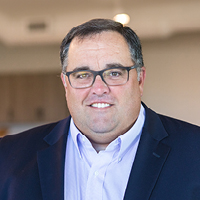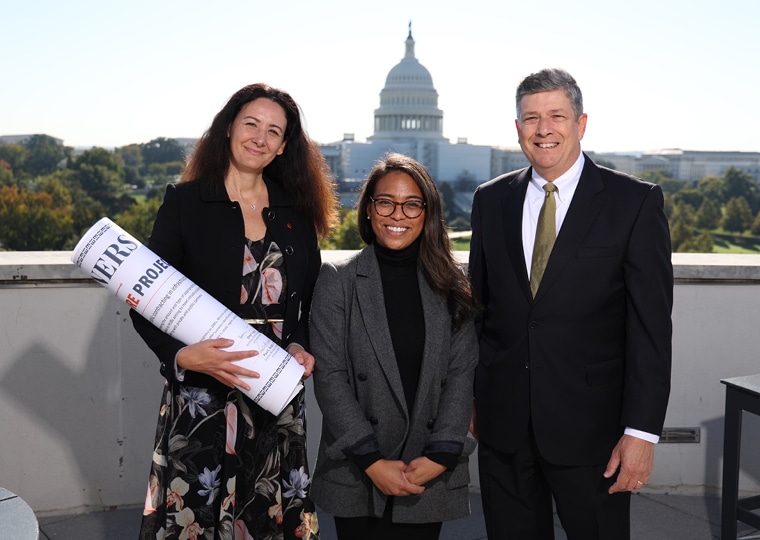When it comes to equity in transportation infrastructure, it can mean different things to different people in different situations. That’s why it’s important for professional services firms like STV, on behalf of our clients, to think about equity through the lens of the entire project, including after implementation, to better serve our clients and communities.
STV made significant strides for equity in the industry when it was among the first AEC firms to sign the landmark Equity in Infrastructure Project pledge in 2022. This pledge affirms a commitment to advancing equity in infrastructure with a goal of increasing the number, size and percentage of historically underutilized businesses that become prime contractors, participate in joint venture or become equity participants. And we intentionally build our pursuit teams to work toward this goal.
During a recent panel discussion at the 4th Infraday Southeast conference in Nashville, TN, representatives from STV joined with our partners and clients to discuss, among many topics, equity in infrastructure. The public sector officials on this panel talked about how they define equity, develop equity metrics, and stay accountable to those commitments. They reinforced in almost every answer they provided how important it is to collect and track data, and to revisit the data regularly to ensure progress is being made.
Within the industry, we witnessed a shift in how we thought about equity in infrastructure following the onset of the COVID-19 pandemic in 2020. When COVID first hit, we saw some operational changes by businesses that were beneficial for some or even most people but had unintentional consequences that needed to be addressed for others. For example, restaurants set up dining areas outside on the sidewalks – it provided a place for people to still be part of the community and a continued revenue stream for those restaurants. However, taking up the sidewalks meant less or no space for pedestrians, so the city would create a pedestrian path in the parking lane.
The unintended consequence of this was people with certain mobility challenges couldn’t step down or up on the curb – and sometimes the barriers didn’t leave enough room for wheelchairs. The city would remedy these issues by building ramps and expanding the space for the “new sidewalk”, but we learned that there was a need to consider all potential impacts at once – not issue by issue.
The pandemic provided many creative solutions to the challenges of the day, but we still have the same balance challenges of equity today. For example, some argue that an equitable deployment of new mobility technology means that everyone gets access to it. Others argue that equity in mobility means that people can easily and conveniently get to where they need and want to go, regardless of the mode or modes used.
Our takeaways from this Infraday Southeast panel are that data is critical to making progress on equity goals. And there are steps we can take to do so.
First, know where you stand.
Gather data on the issues that show how the city or state is currently situated. If clean air is a goal, perhaps it’s important to know how many personal electric vehicles (EV) vs internal combustion engine vehicles are registered in the jurisdiction as well as creating a baseline for air quality in local neighborhoods.
If safe movement of people and goods is a goal, understanding where currently marked loading zones are and the location of the bike lanes in the area is helpful. And note locations that may need updates to lighting or pavement markings.
If accessibility for all residents and visitors to the area is a goal, knowing the primary languages spoken by the residents will greatly help with communication, as well as the payment methods offered to and preferred by consumers.
Standardize using non-proprietary frictionless payment systems to attract both your residents and visitors to use shared transportation options.
Second, define where you want to go.
Use high-level aspirations to help focus the goals developed for the project or program. Use related metrics as well as messaging to explain why those goals are important and beneficial to the community.
Third, tracking and accountability through transparency.
Most of these goals are only achievable by committee. This means that the community needs to understand what is happening and why, and to buy into the goal. The key is to show what’s working and what’s not – and making modifications accordingly.
And finally, learn from others.
A lot of work has been done in this country and around the world in this space, and any project will rarely have to truly start from scratch. Do not hesitate to incorporate proven best practices or understand lessons learned. This approach should make these goals and processes more achievable.









